Inside the missing submarine that explores the Titanic — each ticket worth $364K
The submarine that went missing during an exploration of the sunk Titanic wreck costs an extraordinary $364,000 per person and fits just five passengers.
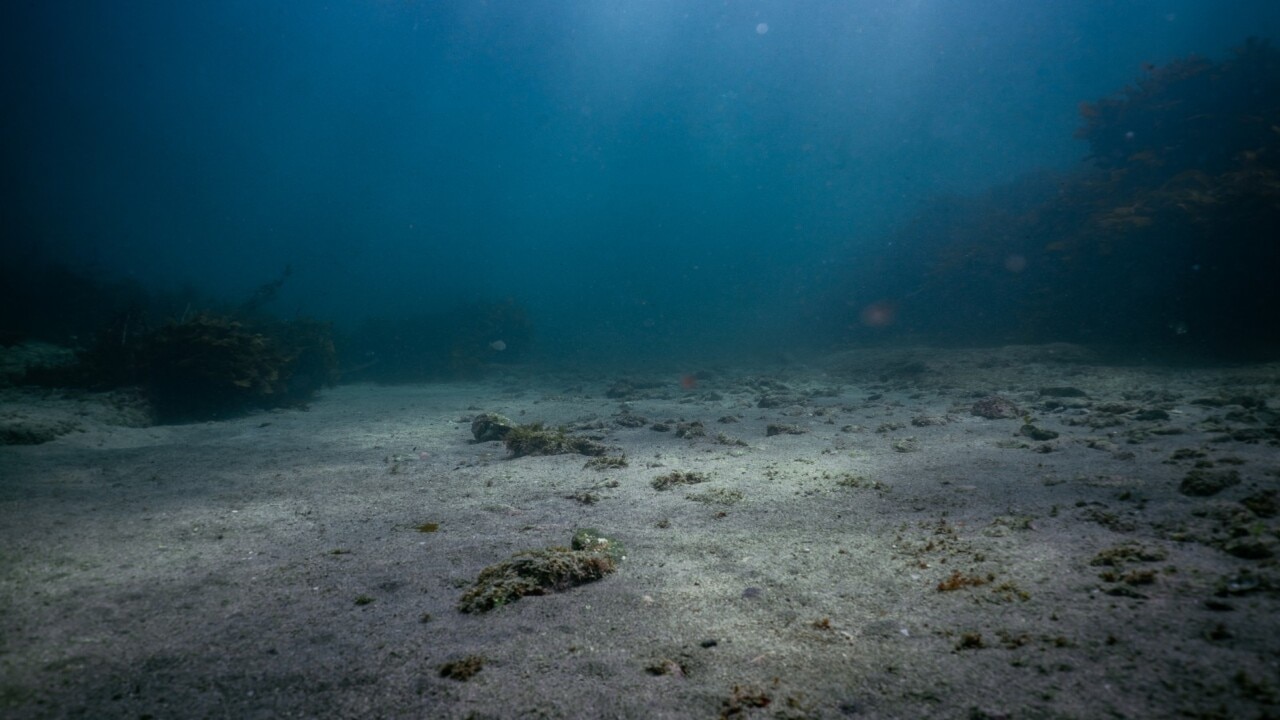
It’s a race against time to locate the tourist submarine that went missing on Monday (local time) as it explored the remnants of the doomed Titanic in the Atlantic Ocean.
Naval experts say the wreckage is in such a position that it will be a “difficult” recovery mission, the New York Post reports.
Operated by OceanGate Expeditions, the submarine, known as the Titan submersive, holds only up to five people.
“It’s very worrying. It could have become entangled in the wreckage of Titanic, we don’t know yet. The wreck site is a long way from anywhere,” former Rear Admiral Chris Parry said during an appearance on Sky News, the Post reports.

“The only hope one has is that the mothership will have a standby craft that can investigate immediately what is going on.”
“Our entire focus is on the crew members in the submersible and their families,” the company said in a statement.
“We are deeply thankful for the extensive assistance we have received from several government agencies and deep sea companies in our efforts to re-establish contact with the submersible.”
3 tugs seem headed to site of Titanic wreck, where a small submersible that takes paying tourists to view wreck has gone missing
— MarineTraffic (@MarineTraffic) June 19, 2023
AIS shows 3 tugs left 🇨🇦port St Johns, listing destination as Titanic wreck site & SAR.
3 vessels are Polar Prince, Kopit Hobson 1752, Horizon Arctic pic.twitter.com/TSO45EplMZ
Since 2019, the company has offered tourists the chance to explore the Titanic’s wreckage more than 2 miles below the ocean’s surface off the coast of Canada — at US$250,000 (over $364,000) per ticket.
The Titan usually operates with one chief pilot, three crew members, and then the tourists who pay for the daredevil adventure.
Among those taking part in the expedition that went missing Monday morning (local time) is British billionaire Hamish Harding, CEO of Action Aviation in Dubai.

On Saturday, Harding posted on Facebook announcing his plans to partake in the expedition.
“I am proud to finally announce that I joined OceanGate Expeditions for their RMS TITANIC Mission as a mission specialist on the sub going down to the Titanic,” he said.
“Due to the worst winter in Newfoundland in 40 years, this mission is likely to be the first and only manned mission to the Titanic in 2023,” Harding added.
“A weather window has just opened up and we are going to attempt a dive tomorrow. We started steaming from St. Johns, Newfoundland, Canada yesterday and are planning to start dive operations around 4am tomorrow morning.
“Until then we have a lot of preparations and briefings to do.”
The company’s website outlines an eight-day itinerary for the trip, setting out from the city of St. John’s in Newfoundland to the site of the Titanic wreck.
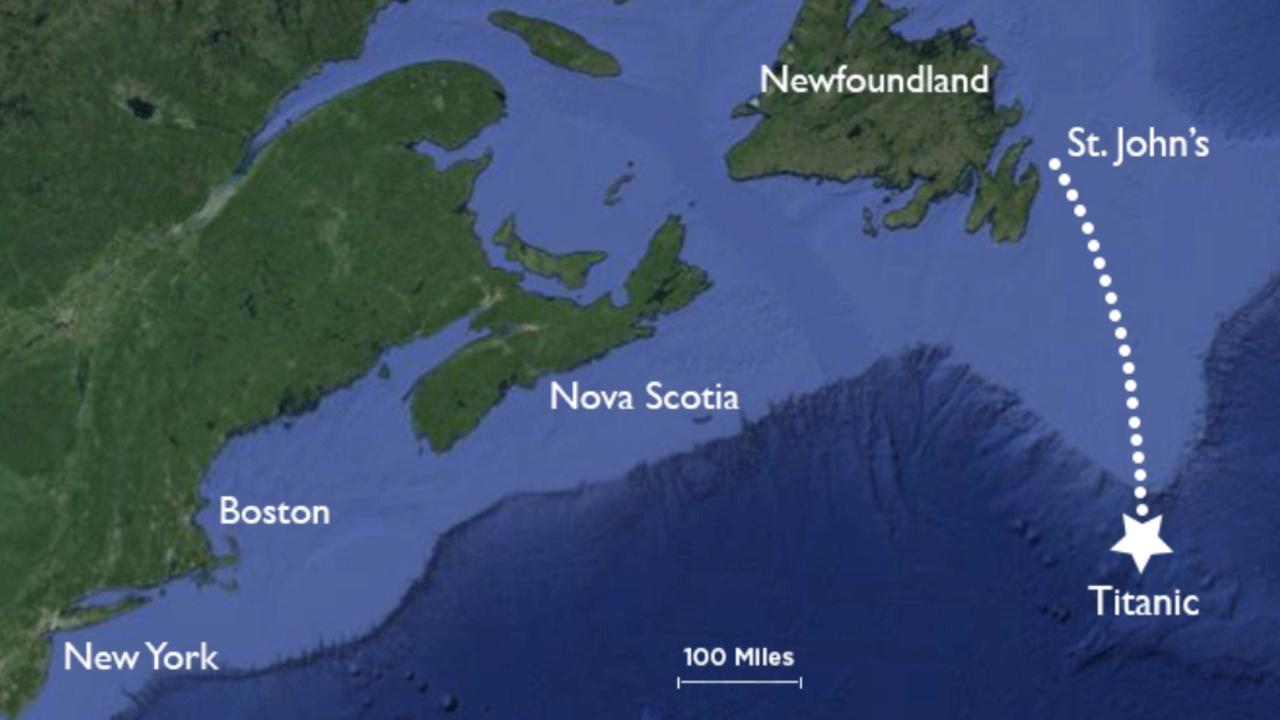
In 2019, the Titan submarine set a world record as the first non-military manned in a state-of-the-art five-person submersible to take a dive team of four down 3760 meters under the ocean’s surface.
It took about two hours for the team to make the 3.7 kilometre descent to the sea floor. The team then spent an hour exploring the bottom before making their ascent.
Dives can last up to 10 hours each, and passengers get a bit more space inside than in typical vessels.
“The interior of Titan is roomy compared with traditional deep diving submersibles,” a caption of the submersible’s interior reads, adding “crew members have ample space to work together to document the Titanic wreck site.”
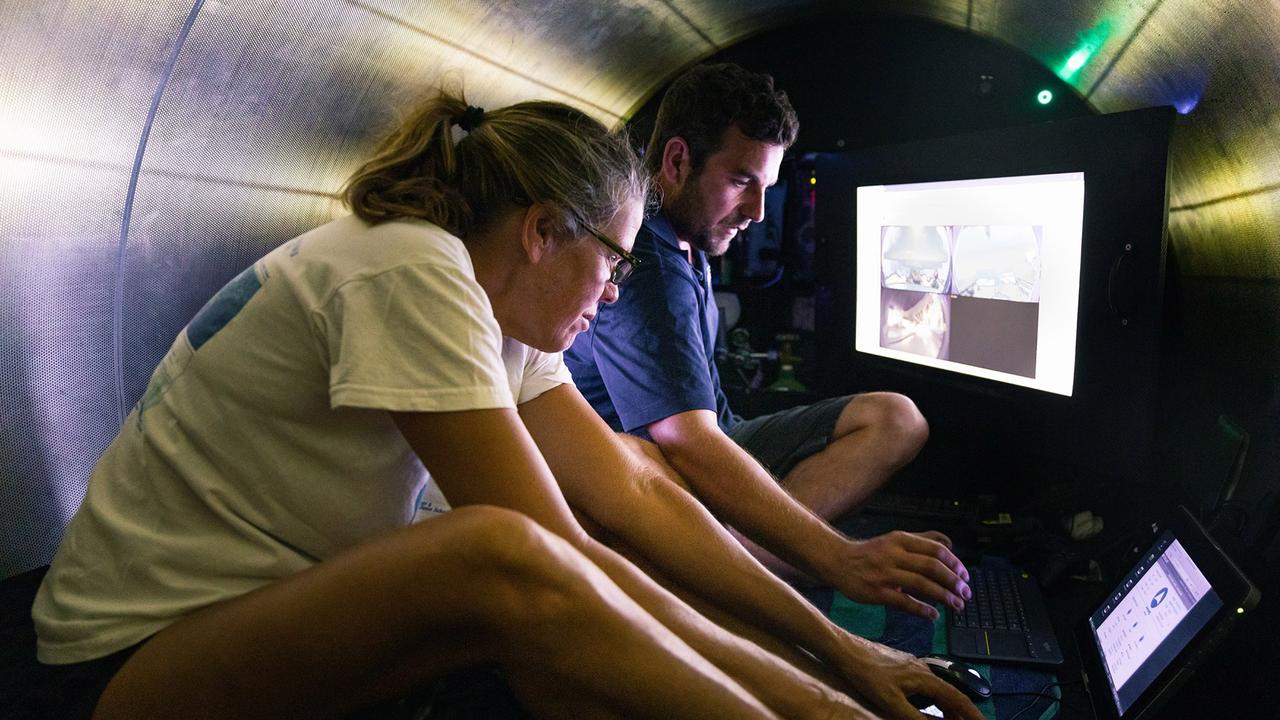
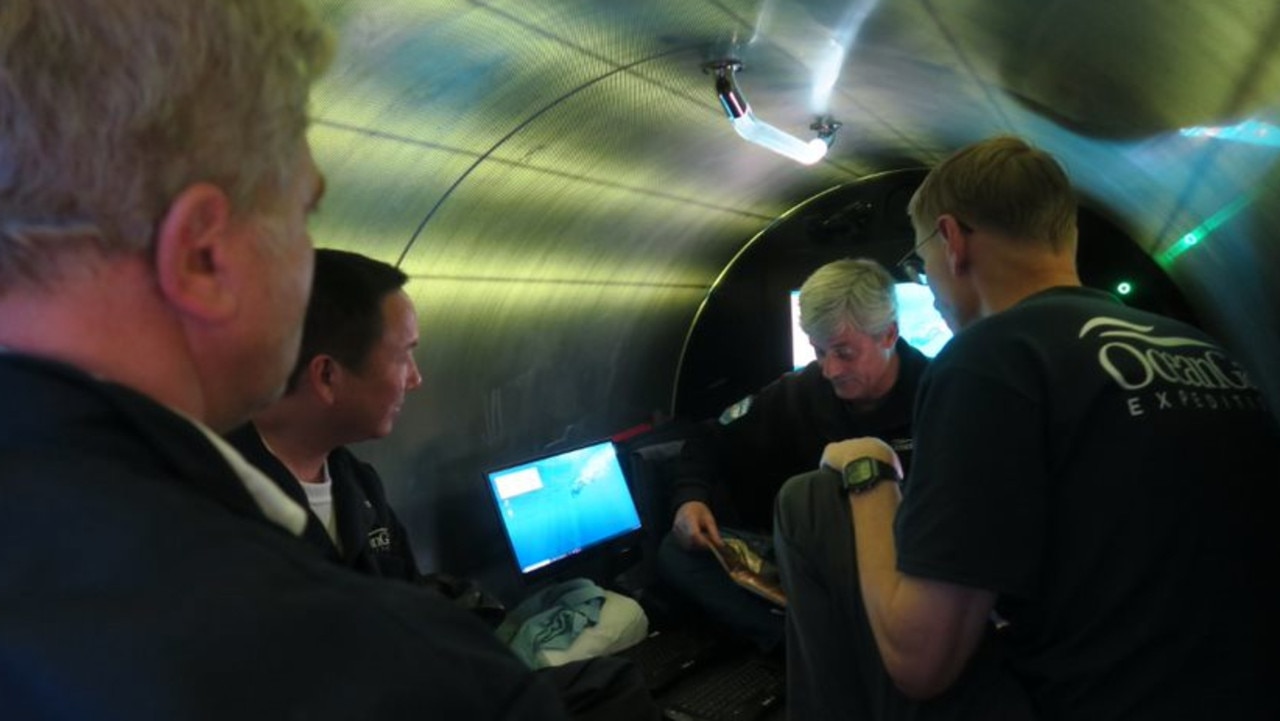
The company also notes that dives can be customised nearly anywhere in the world.
Titan is lighter in weight and more cost-efficient, according to the company, which says it’s designed to take five people to depths of 4000 meters.
OceanGate announced on Twitter earlier in June that it was relying on Elon Musk’s Starlink to provide internet and communications connection during the expedition. It is not clear whether communications played any role in the submersible going missing.
The most significant innovation during the construction of the submarine is its real time hull health monitoring system, according to the company.


“This on-board health analysis monitoring system provides early warning detection for the pilot with enough time to arrest the descent and safely return to surface,” the company says, by using co-located acoustic sensors and strain gauges throughout to analyse effects of changing pressure as the vessel goes deeper.
“The proprietary Real Time Hull Health Monitoring (RTM) systems provides an unparalleled safety feature that assesses the integrity of the hull throughout every dive.”
OceanGate explains that customers do not require any previous diving experience, but that there are “a few physical requirements like being able to board small boats in active seas.”
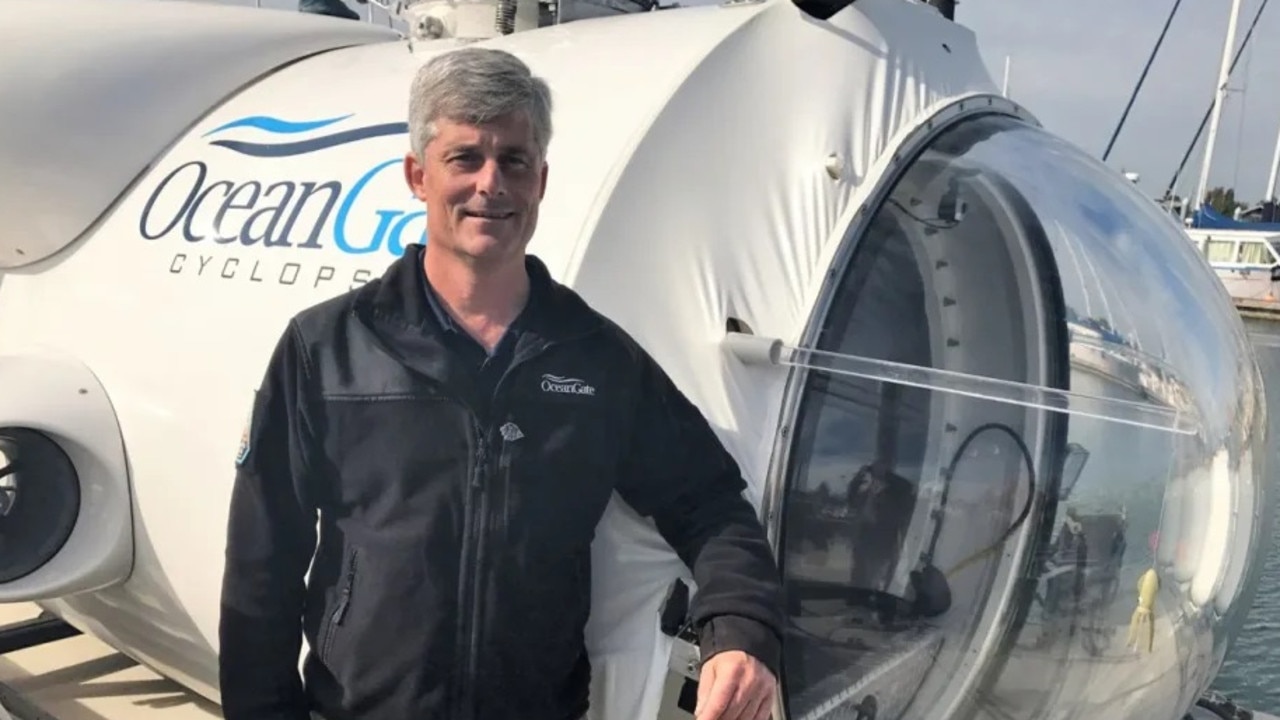
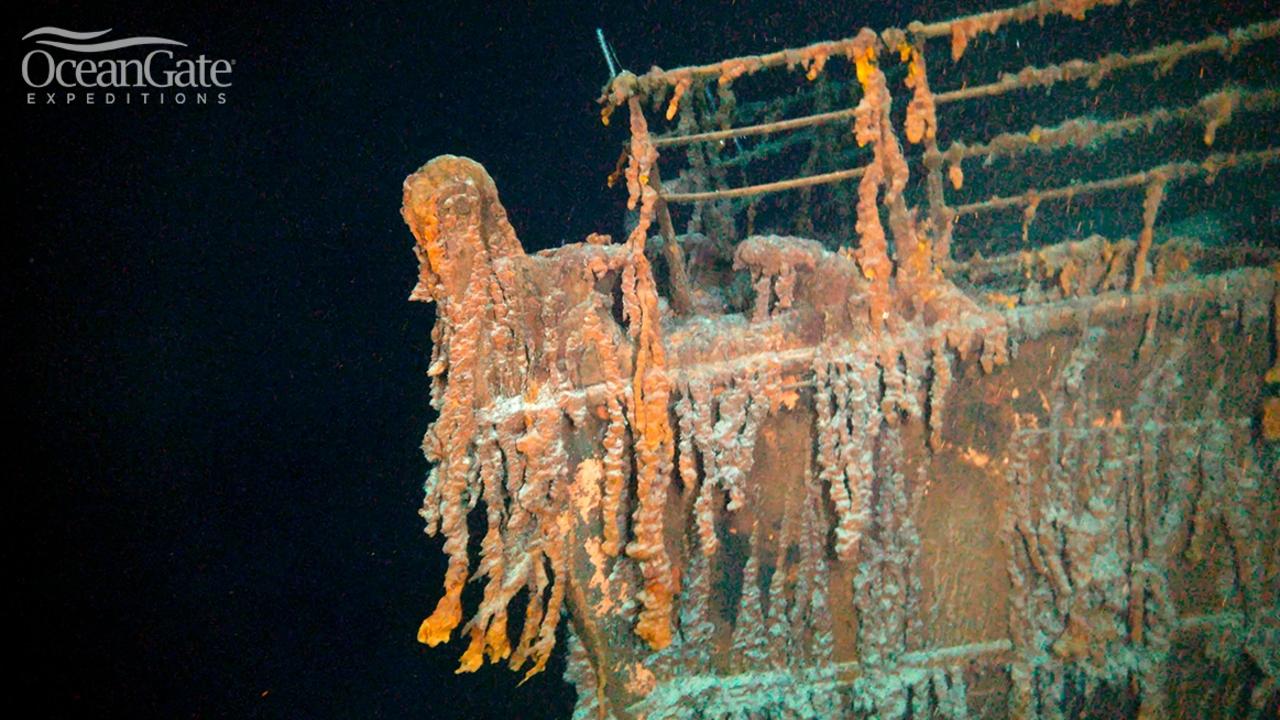

Stockton Rush, the CEO and founder of OceanGate said in a 2022 interview with Dan.org that the submarine was built unlike anything else before.
“Essentially, the difference is the carbon fibre and titanium pressure vessel,” Rush said.
“People have successfully used carbon fibre for yachts and aircraft but hadn’t yet applied it to crewed submersibles. A lot has changed in the past 50 years. We now know a lot about composites and how to manufacture and test them to make sure they are OK.”
More Coverage
The US Coast Guard confirmed to The Post that the rescue mission remains underway.
On April, 15, 1912, the Titanic sank after hitting an iceberg. At the time, it was known as the biggest steamship in the world, carrying more than 1,400 passengers. The Titanic was en route to New York on its maiden voyage across the Atlantic.
This article originally appeared on the New York Post and has been reproduced with permission.





